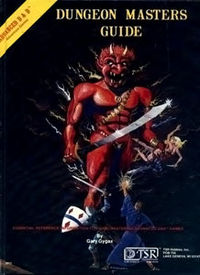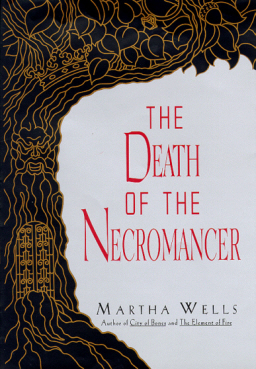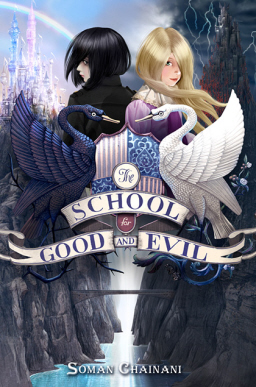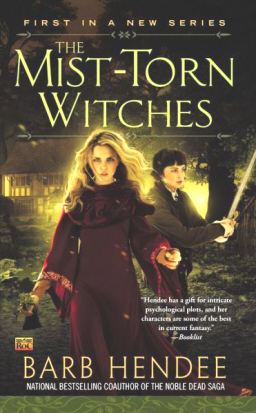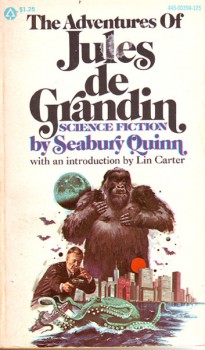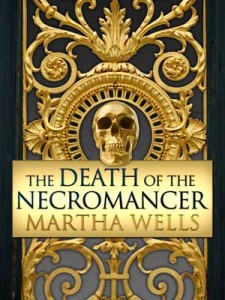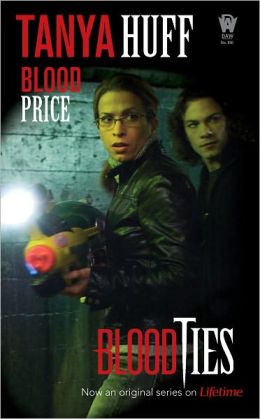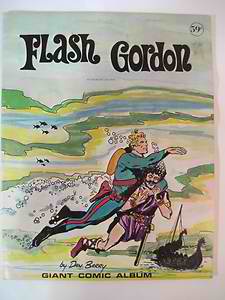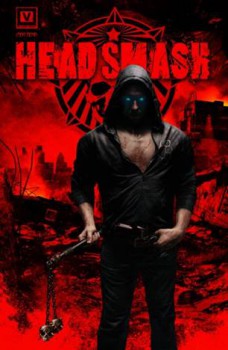Adventures in Bookselling: The Paperback Harry Dresden
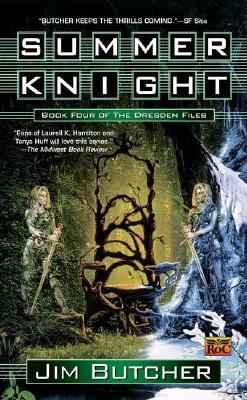
Paperback collecting is an odd hobby. For one thing, unlike stamps or coins, virtually no paperback is out of reach for the determined collector.
Want examples? As I mentioned in Jack Vance’s obituary last week, the first edition of The Dying Earth is one of the rarest and most sought-after genre paperbacks — it had a tiny print run, and no one knew who Jack Vance was when it first appeared in 1950.
What does that mean to your pocketbook? I paid just under $20 for a copy in mint condition a few years ago. As of today, around half a dozen are available at Amazon.com, with Very Good copies starting at $10.
Think about that. A first edition of one of the rarest science fiction books, by one of the top authors in the field, a full six decades after it went out of print, will set you back… around the same price as a brand new paperback today.
Perhaps that’s just our genre, you think. Let’s face it, half of the folks who read science fiction and fantasy are anal-retentive fanboys. Probably 50% of the print run of The Dying Earth ended up in protective mylar bags by 1955.
Maybe that’s an exaggeration. Still, the situation for mystery and western fans is pretty much the same. If you’re a paperback collector, it’s a buyer’s market. Walk into the Dealer’s Room at the Windy City Pulp and Paper show (or virtually any paperback show in America) with a crisp $20 bill, and you can walk out with a heavy bag of paperbacks published before you were born.
Hard to believe? Just have a look at the gorgeous assortment of 103 vintage titles I bought for around $50 at Windy City just last year.
Perhaps it’s different if we look outside genre fiction entirely. What’s the rarest and most expensive paperback known?
